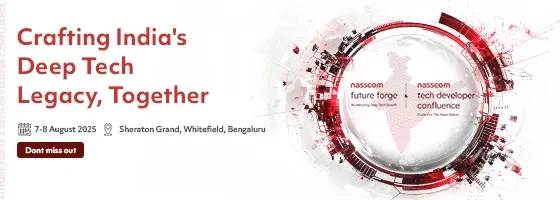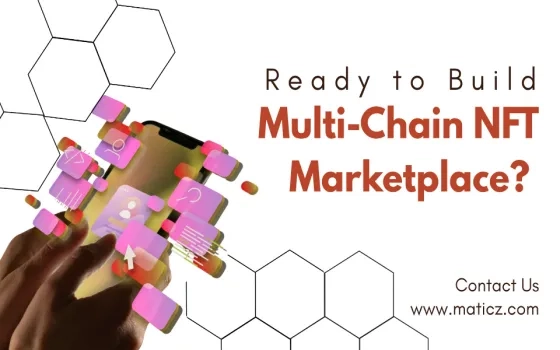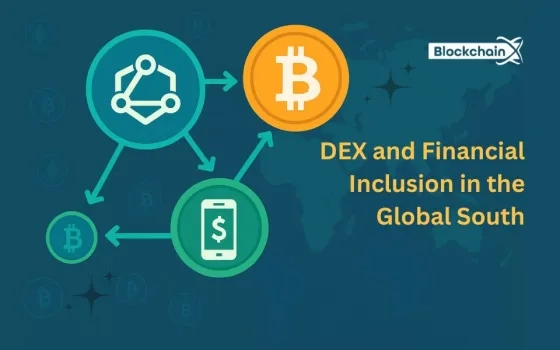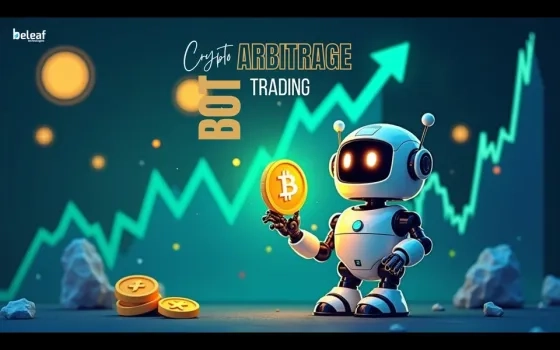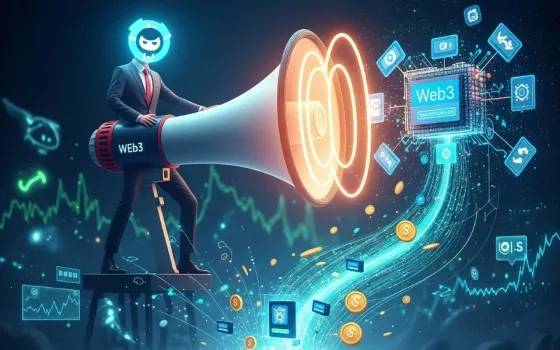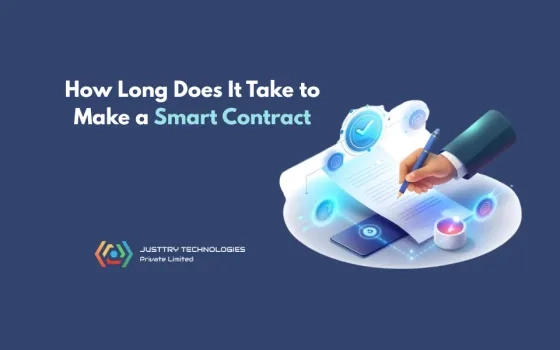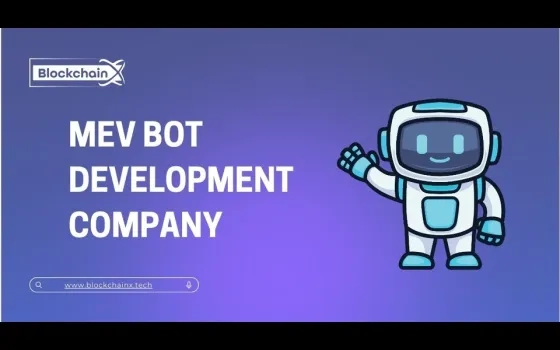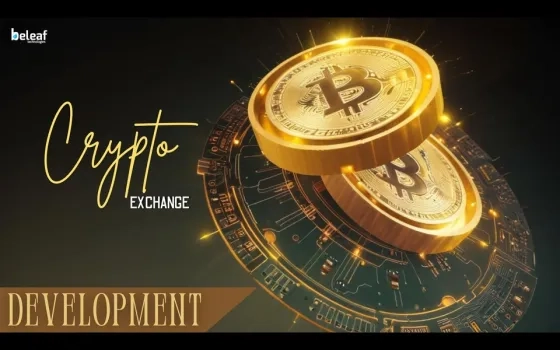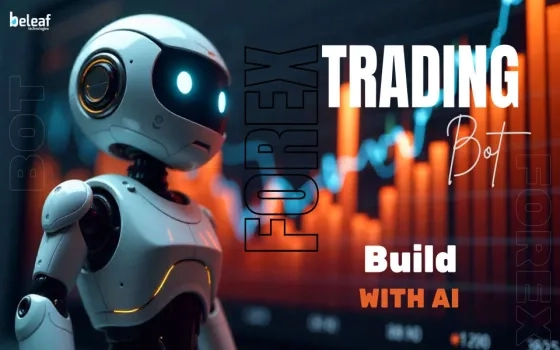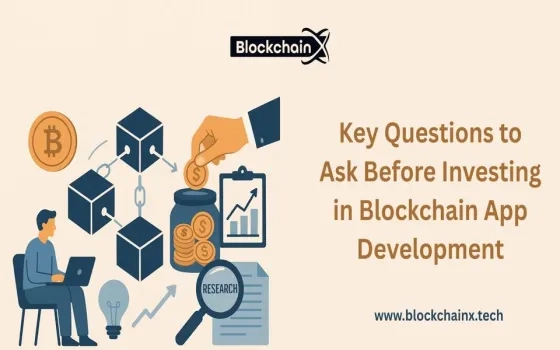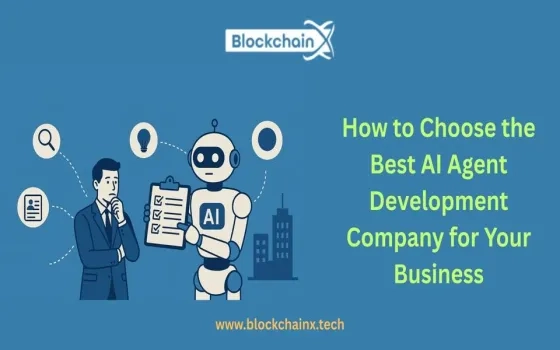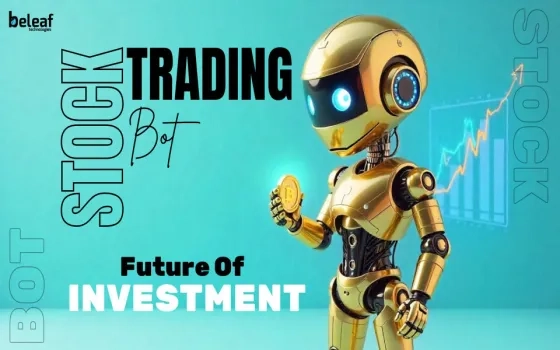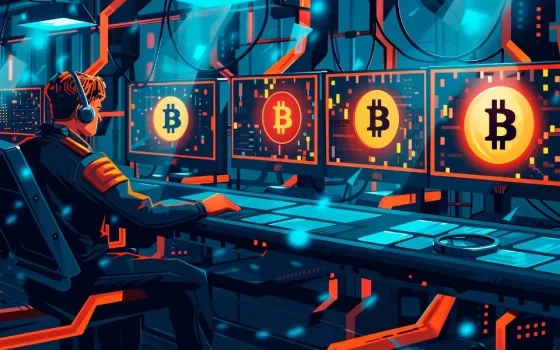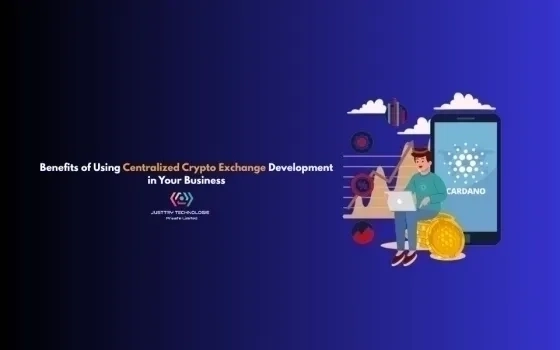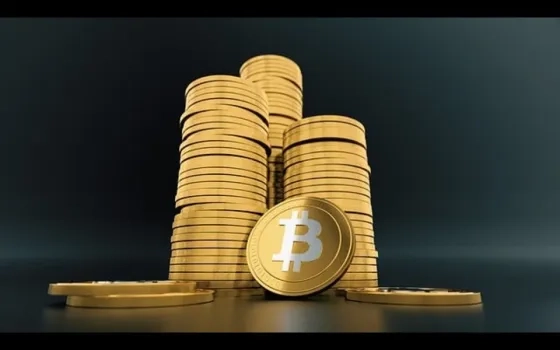For centuries, wealth was measured in tangible things—gold coins locked in vaults, deeds to prime real estate, rare paintings passed from one collector to another. These assets were valuable, but not easily tradable. That was the cost of ownership: if you wanted to invest in a skyscraper, a Picasso, or a brick of gold, you had to deal with paperwork, intermediaries, legal risk, and often, a lot of time.
But what if that changed?
What if you could buy and sell real-world assets—gold, real estate, or fine art—as easily as you can trade Bitcoin? Welcome to the world of Real World Asset (RWA) Tokenization, where physical assets are transformed into digital tokens on a blockchain—tradable, divisible, and accessible.
The Old World vs The New: The Problem with Traditional Assets
Physical assets, while inherently valuable, are notoriously illiquid. Selling a piece of real estate can take months. Trading gold often involves storage, insurance, and verification hassles. Art requires authentication, auction houses, and provenance tracking. Moreover, the ability to own or invest in these assets has traditionally been limited to the wealthy or institutional investors.
On the other side of the spectrum lies the world of digital assets. Bitcoin, Ethereum, and other cryptocurrencies offer instantaneous, borderless, 24/7 trading. Anyone with an internet connection and a wallet can participate. This begs the question: why shouldn’t real-world assets offer the same kind of fluidity and inclusiveness?
Understanding RWA Tokenization: Bridging Two Worlds
RWA tokenization is the process of representing ownership of physical or financial assets through blockchain-based tokens. These tokens are secured by smart contracts and backed by the real-world item they represent—be it an ounce of gold, a fraction of a building, or a piece of fine art.
This concept doesn’t just add a digital layer to traditional assets; it completely reimagines how these assets are bought, sold, managed, and stored. The process typically involves legal structuring, digital issuance, compliance mechanisms, and integration with trading platforms or exchanges.
Gold on the Blockchain: Digital Gold, Literally
Bitcoin has often been referred to as "digital gold," but tokenizing actual physical gold takes that phrase to a new level. By placing gold on the blockchain, investors gain access to fully-backed, redeemable, and highly liquid digital tokens representing real gold.
Instead of purchasing and storing bullion, investors can buy gold-backed tokens that reflect the spot price of gold and can be traded or redeemed. These tokens can be fractionalized, meaning an investor can own 0.01 grams of gold, not just ounces or kilograms. This opens up the gold market to micro-investors and reduces the friction typically associated with precious metal investments.
In many use cases, gold tokens are also used for cross-border settlement or as a hedge against inflation—just like Bitcoin—but with a physical asset underpinning it. With platforms now providing gold token custody, vaulting, and regulatory compliance, the shift from physical to tokenized gold is accelerating.
Real Estate Tokenization: The Democratization of Property Ownership
Real estate is one of the most exciting and mature sectors in RWA tokenization. Traditionally, owning property involves high capital investment, legal complexity, and illiquid holding periods. Tokenization changes that narrative by fractionalizing ownership of properties and making them accessible to a global pool of investors.
Imagine owning 0.5% of a commercial skyscraper in Singapore or a vacation rental in the Maldives. Through tokenization, these ownership rights are recorded on the blockchain and governed by smart contracts. Dividends from rent, appreciation in value, and governance rights can all be distributed seamlessly.
Tokenized real estate also reduces entry barriers for investors and enables real estate developers to raise capital faster without giving up full ownership. And because the tokens can be listed on secondary markets or exchanges, liquidity is no longer a major issue. The days of waiting years to exit a real estate investment may soon be over.
Turning Fine Art into Liquid Digital Assets
Art is another sector ripe for disruption. While the traditional art market has prestige and heritage, it is slow, opaque, and often inaccessible. Tokenizing art allows a Picasso, a Warhol, or even a local artist’s masterpiece to be fractionally owned and traded on-chain.
By digitizing ownership through NFTs or security tokens, art becomes more liquid and democratized. Buyers don’t need to spend millions; they can own a fraction of a masterpiece and benefit from its appreciation over time. Tokenized art can also be paired with digital twins, ensuring authenticity and simplifying provenance tracking through immutable records on the blockchain.
In addition, artists can benefit from secondary sales by embedding royalty mechanisms into the smart contracts, creating a new revenue stream long after the original sale.
How Trading Works: Platforms, Standards, and Security
RWA tokens typically conform to blockchain standards such as ERC-20, ERC-1400, or ERC-3643. These standards ensure compatibility with wallets, exchanges, and custody solutions. Some tokens may be issued on permissioned blockchains for regulatory compliance, especially in real estate and private equity sectors.
Platforms offering tokenized assets usually integrate KYC/AML compliance, legal custodianship, and real-world asset audits to guarantee that what’s represented digitally is securely stored and accounted for. This infrastructure enables a robust secondary market where tokens can be traded peer-to-peer or via regulated exchanges.
Think of it like buying Bitcoin on an exchange—but instead of speculative crypto, you're buying a fraction of an office tower, a kilogram of gold, or an artwork stored in a secure vault.
The Role of Regulation and Compliance
One of the biggest hurdles for real-world asset tokenization is regulatory clarity. Since these tokens often represent securities, commodities, or property rights, they fall under jurisdictional laws. Compliance is non-negotiable.
Leading tokenization platforms are adopting legal wrappers such as Special Purpose Vehicles (SPVs), Trusts, or DAOs to legally separate ownership from operation and allow the token to function as a legitimate representation of value.
Moreover, regulators in regions like Europe, the UAE, and Singapore are rolling out sandboxes and frameworks that support RWA tokenization, indicating a growing maturity in the legal treatment of digital assets backed by real-world value.
Why This Shift Matters: Benefits Beyond Hype
Tokenizing assets is not just about making things faster or more digital—it’s about restructuring finance for efficiency, transparency, and inclusion. Tokenized RWAs offer lower entry thresholds, reduced transaction costs, faster settlements, and increased accessibility for a global audience.
For issuers, tokenization means faster capital formation, better liquidity, and access to decentralized financial ecosystems. For investors, it represents a more flexible and accessible way to diversify portfolios with real, tangible assets—without the traditional friction.
Furthermore, blockchain’s transparency and immutability ensure that ownership records, asset history, and compliance tracking are verifiable and tamper-proof. This alone is a massive leap forward from the paper-heavy, fragmented processes seen in traditional markets.
Real-World Examples Leading the Charge
Several firms and platforms are already deploying tokenized assets across various industries. Gold-backed stablecoins such as PAX Gold and Tether Gold are seeing increasing volumes. Real estate platforms like RealT, PropChain, and Reental allow users to invest in income-producing properties with just a few dollars.
Fine art tokenization is being explored by platforms like Particle and Masterworks, offering shares in artworks valued in the millions. Even governments are exploring tokenized bonds and infrastructure projects, signaling confidence in this shift.
The infrastructure, both technical and legal, is gradually catching up to the vision.
The Future Is Now: The Emergence of a Parallel Asset Economy
What was once science fiction is now becoming a financial reality. With the convergence of blockchain, legal innovation, and market demand, tokenized real-world assets are laying the foundation for a parallel economy—one that is global, liquid, and digitally native.
As more institutions, platforms, and governments adopt the RWA model, it’s only a matter of time before we see tokenized gold in pension portfolios, real estate tokens on decentralized exchanges, and art investments managed via DAOs.
The question is no longer if real assets will trade like Bitcoin, but when they’ll become a standard part of every investor’s digital wallet.
Conclusion
The ability to trade gold, real estate, and art like Bitcoin signals a profound shift in how value is created, held, and exchanged. By blending the trust and tangibility of real-world assets with the speed and programmability of blockchain, RWA tokenization is unlocking a new era of financial inclusion, asset mobility, and investment innovation.
The next time you check your wallet, it might not just show your crypto balance—it might include your stake in a high-rise, a bar of gold, or even a piece of modern art. And that’s not just disruptive—it’s transformative.

